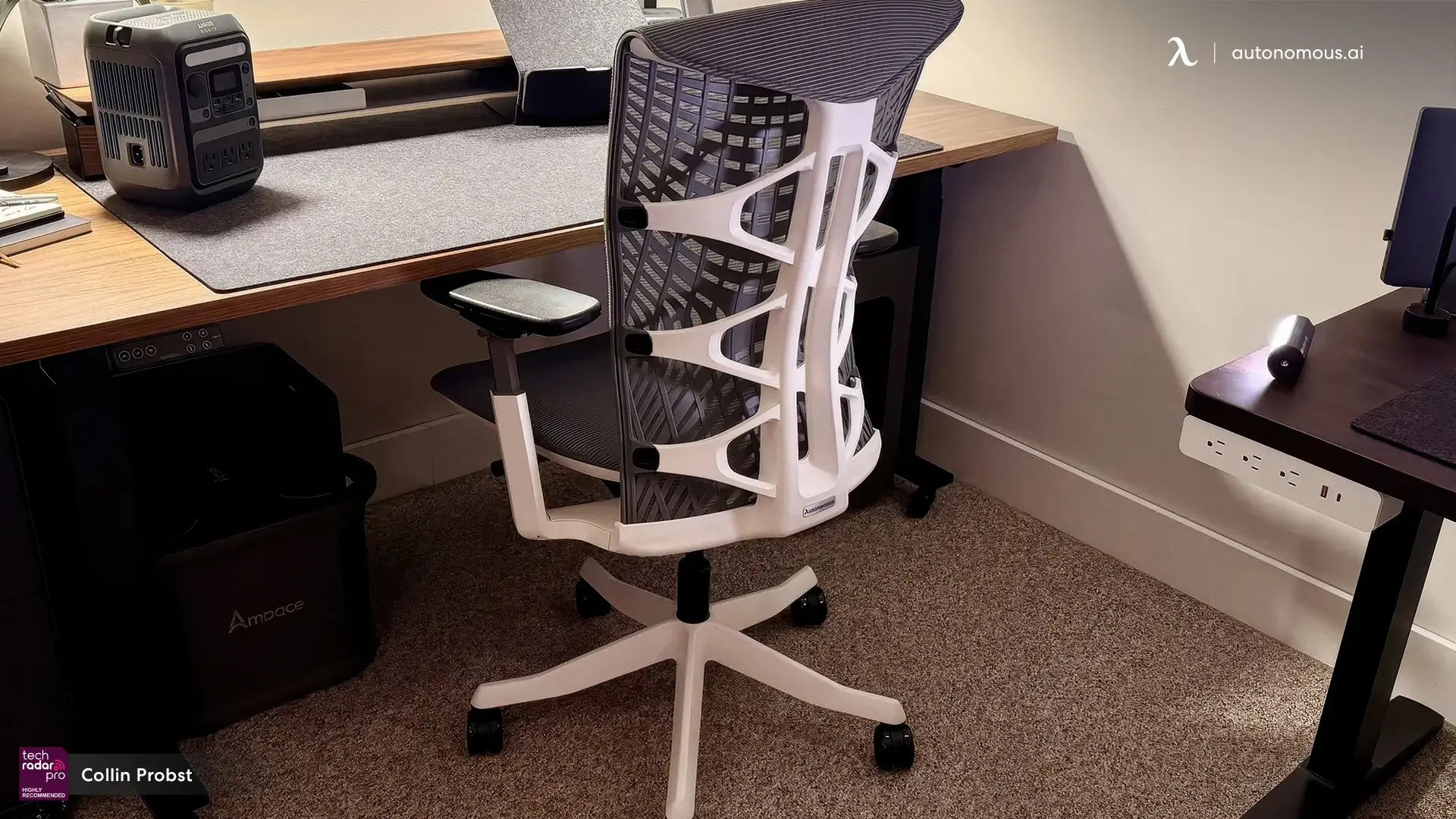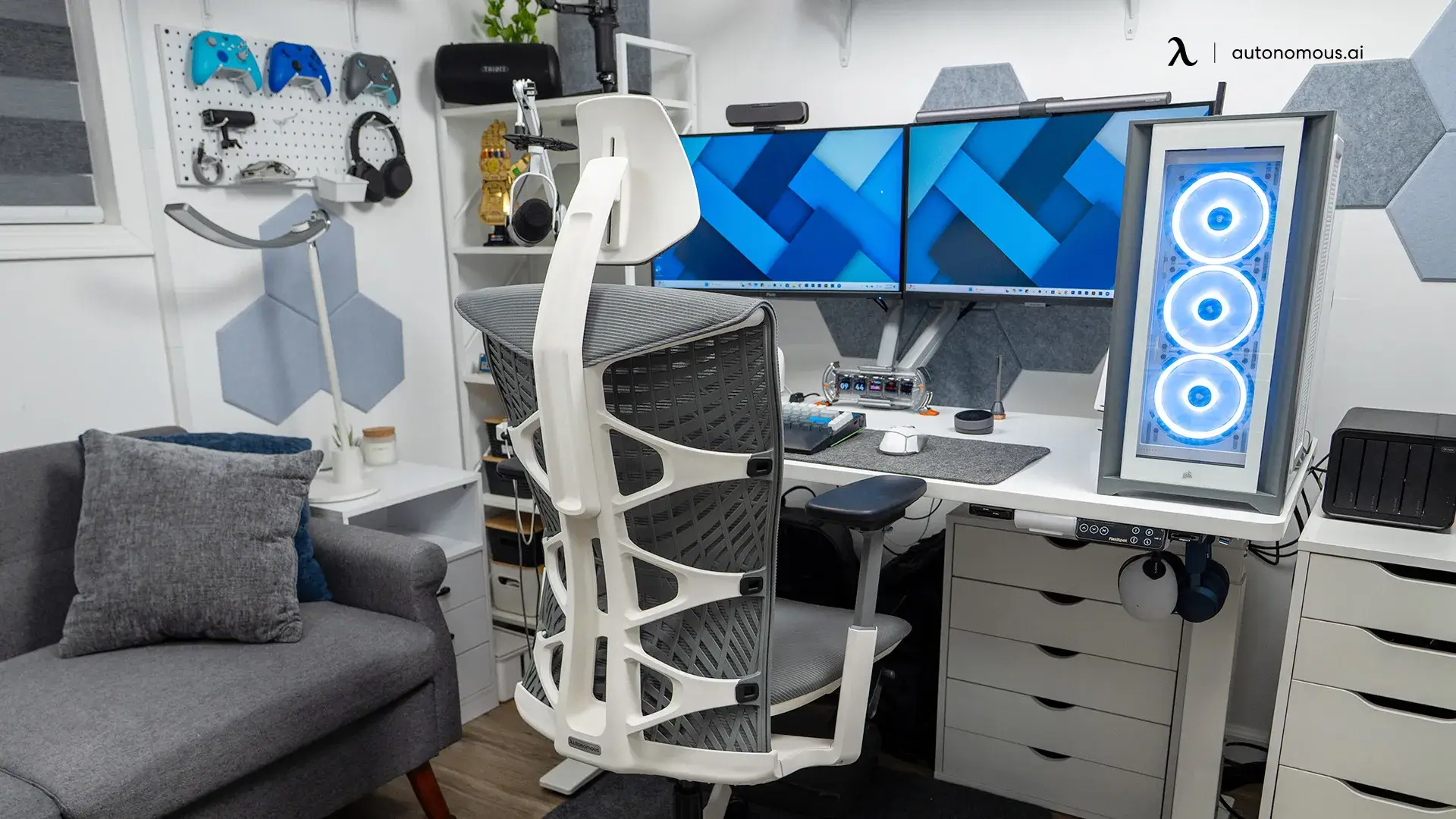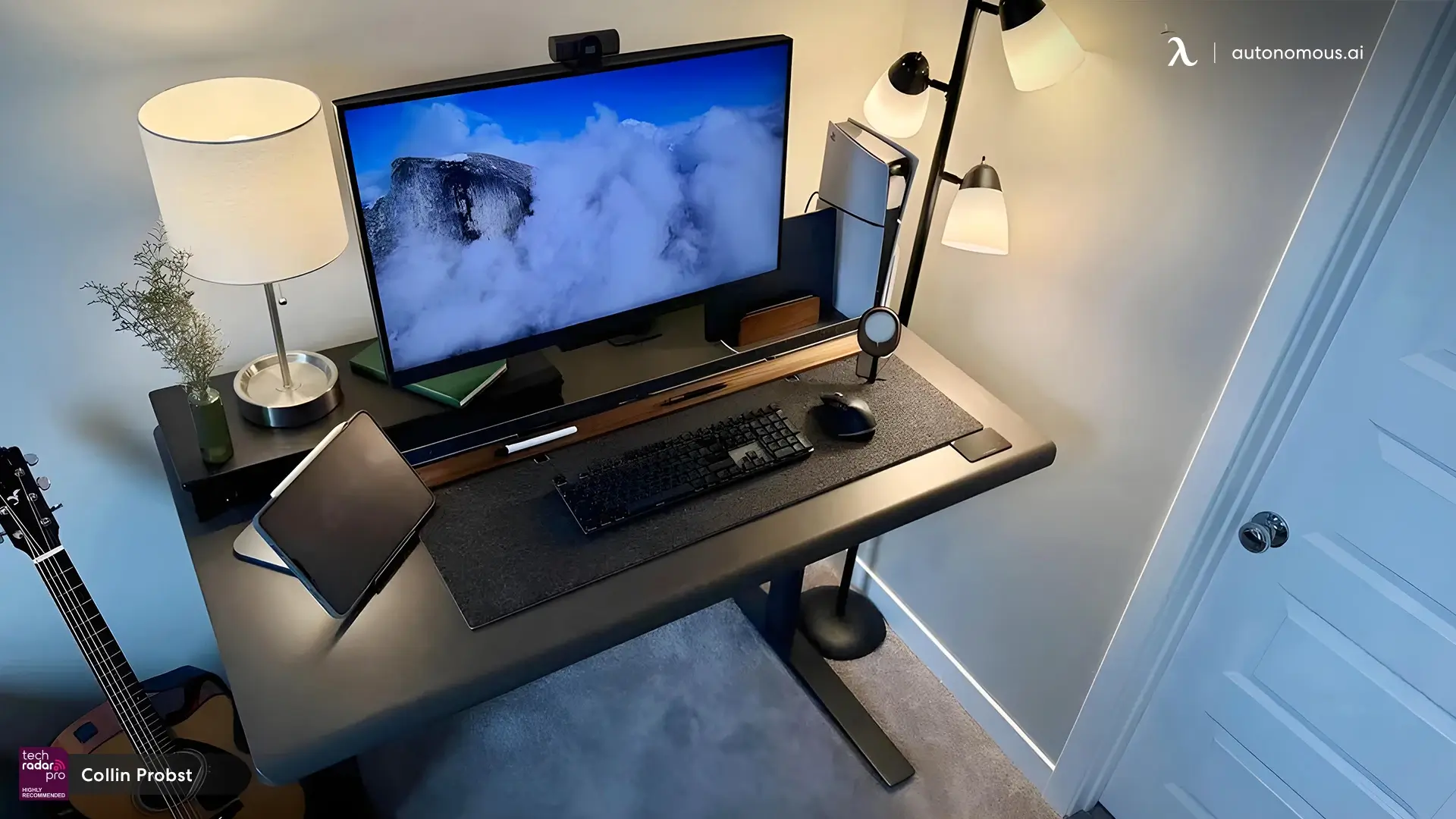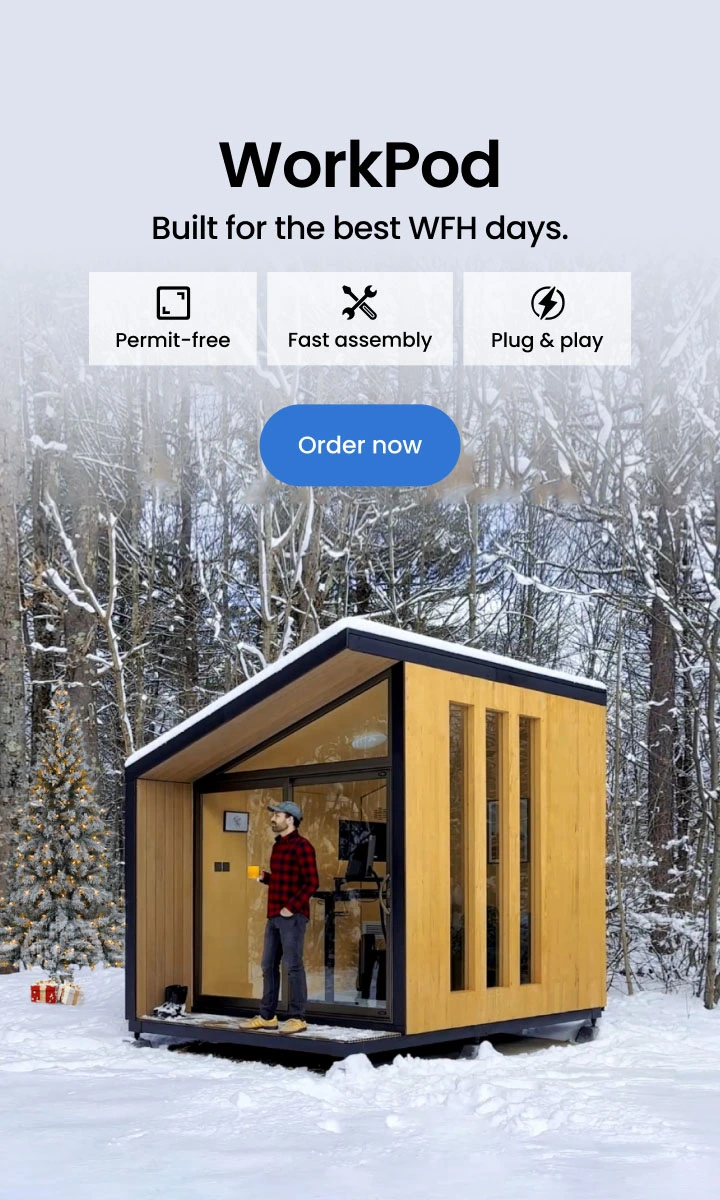.webp)
What Is Employee Flexibility In The Workplace? Its Benefits
Table of Contents
To thrive in today's competitive and ever-evolving corporate environment, personnel must be able to quickly and easily adjust to new situations and circumstances. Employee flexibility, or the ability for employees to control their schedules and work locations, can offer a range of benefits for both employees and employers.
The benefits of workplace flexibility are numerous, from improving work-life balance to increasing productivity and job satisfaction. In this article, we will explore the concept of employee flexibility and how it can be a valuable asset for businesses looking to attract and retain top talent. We will also talk about some of the most important benefits of flexible employees, such as how they can help people find a good balance between work and life.
Work Flexibility
Employee flexibility allows employees to have control over when, where, and how they work. This can include telecommuting, flexible scheduling, and job sharing. The specific form of employee flexibility will depend on the needs and preferences of individual employees and the nature of their work.
- Telecommuting involves working from home using technology such as videoconferencing and collaboration tools. It can be useful for employees who live far from the office or have personal or family responsibilities that make it difficult to work a traditional schedule.
- Flexible scheduling allows employees to adjust their work schedules to better fit their needs. This can include working longer hours on some days and shorter hours on others or taking breaks during the day for personal or family matters.
- Job sharing involves two or more employees dividing the responsibilities and duties of a single full-time position. It can be useful for employees who want to reduce their workload or have personal or family responsibilities that make it difficult to work full-time.
Why is Workforce Flexibility Important in Today’s World?
There are several reasons why employee flexibility is becoming increasingly important in today's world.
- The nature of work is changing. You can now do many jobs remotely or with flexible schedules, thanks to technological advances that make it easier to communicate and collaborate online. The shift has led to a transition from the traditional 9-to-5 workday and a focus on results rather than the number of hours spent in the office.
- The COVID-19 pandemic has further highlighted the importance of employee flexibility. The sudden shift to remote work for many employees has shown that it is possible for many jobs to be done remotely and that employees can be productive even when they are not in the office.
- There is a growing recognition that you can improve employee flexibility and work life balance, and that will also lead to an increase in job satisfaction and productivity. Balancing professional and personal commitments has become more difficult in today's highly competitive society. Having more control over your work environment and schedule can be a big help.
Employee flexibility is becoming increasingly important because it can help accommodate changing work environments and needs and improve work-life balance, job satisfaction, and productivity.
Benefits of Workforce Flexibility
There are several workplace flexibility benefits, also known as workplace flexibility, for both employees and employers.
1. Improved Work-Life Balance
Workforce flexibility can improve work-life balance by allowing employees to align their work schedules with their personal and family commitments. As a result, there may be reduced stress and an improvement in all aspects of life. Flexible work options, such as working from home or taking breaks during the day, can help employees feel more in control of their schedules and better manage their responsibilities.
2. Increased Job Satisfaction
Flexible work options can lead to increased job satisfaction. Employees who feel they have more control over their work environment and schedule may be more motivated and engaged. It can lead to higher job satisfaction and overall happiness at work.
3. Increased Productivity
Besides boosting job satisfaction, workforce flexibility can lead to increased productivity. When employees can work in a way that best fits their needs and preferences, they may be more motivated and focused on their tasks. Workforce flexibility can lead to higher productivity levels, benefiting employees and employers. A good office chair and ergonomics setup can lead to an increase in productivity as well.

ErgoChair Ultra 2
| Dimensions (w/o headrest) | 28”L x 28”W x 41” - 46”H |
|---|---|
| Dimensions (with headrest) | 28”L x 28”W x 49” - 58”H |
| Seat dimensions | 18”L x 18”W |
| Seat depth range | 18” - 20.5” |
| Seat height | 18” - 23” |
| Headrest | 8" - 12" |
| Back dimensions | 20”W x 23”H |
| Tilt range | 25° |
| Armrest height | 7” - 11” |
| Armrest height (from the floor) | 23.5” - 27.7” |
| Caster wheel diameter | 2.56 inches |
| Number of caster wheels | 5 pieces |
| Materials | 100% TPE and polyester fabric upholstery with ABS plastic frame, aluminium base |
| Colors | Onyx Black, Dover Gray |
| Weight capacity | 320 lbs |
| Item weight | 36.5 lbs |
| Shipping dimensions | 28”L x 17”W x 31”H x 45 lbs |
| Assembly required | Yes |
| Warranty | 2 years |
| Free returns | 30 days |
| Adjustability | Headrest, armrest, back tilt angle and tension, seat height. |
4. Reduced Absenteeism
Another benefit of workforce flexibility is the ability to reduce absenteeism. When employees can work in a way that fits their needs and schedules, they may be more likely to come to work consistently. Flexibility can lead to fewer missed days and a more stable and reliable workforce.
5. Reduced Employee Turnover
Workforce flexibility can reduce employee turnover and create a more stable workforce. This phenomenon occurs because employees who feel they have more control over their work environment and schedule are more likely to stay with a company that offers them these options.
The benefits of workforce flexibility are numerous and can lead to a more positive and productive work environment for employees and employers. Flexible work options can help businesses find and keep the best workers, boost morale and productivity, and create a more stable and reliable workforce.

Ergonomics for Flexible Work Arrangements: Tips and Resources
As employees increasingly opt for flexible work arrangements, businesses need to consider the ergonomics of their remote and hybrid work environments. Here are some tips to keep in mind:
- Practice meditation exercises to stay productive: Practicing meditation exercises can help employees or the workforce maintain flexibility by reducing stress and improving mental clarity, which can lead to increased focus and productivity. Check out this blog post on meditation exercises you can do at your desk.
- Invest in desk exercise equipment to stay fit: Adding high-quality office desk exercise equipment to your setup can help employees or the workforce stay flexible by allowing them to work physical activity into their workday. This can help prevent muscle stiffness and fatigue and promote overall health and well-being.
- Consider using a standing desk: These desks can help improve posture and reduce the risk of sedentary behavior. Learn more about how a standing desk works to see how it would change so much.
- Follow ergonomic principles: This blog post about ergonomic principles that every worker should know has tips for setting up a workstation that is good for your body.
Employee and workforce flexibility is the future because it allows organizations to adapt to changing circumstances and meet the needs of their employees and customers more effectively. This can help organizations remain competitive and successful in a rapidly changing business environment.

Autonomous Desk 5
| Dimensions | 53"L x 29"W x 1.2"H |
|---|---|
| Colors | Stone Desert, Titanium White, Meteor Grey |
| Coating | Special customize sealing paint based on Green Standard |
| Material | HDF wood |
| Motor type | Dual |
|---|---|
| Lifting speed | 1.2”/sec |
| Lifting capacity | 330 lbs |
| Noise level | 40 dB |
| Height range (without top) | 29.5" - 48.5" |
| Height range (with top) | 30.7" - 49.7" |
| Length range | 40.4" - 70.9" |
| Frame foot width | 26.4" |
| Material | SPCC steel |
| Colors | Stone Desert, Titanium White, Meteor Grey |
| Outlet voltage | 110-240V |
| Anti - collision | Yes |
| Motor type | Dual |
|---|---|
| Lifting speed | 1.6”/sec |
| Lifting capacity | 330 lbs |
| Noise level | 40 dB |
| Height range (without top) | 26" - 51.5" |
| Height range (with top) | 27.2" - 52.7" |
| Length range | 40.4" - 70.9" |
| Frame foot width | 26.4" |
| Material | SPCC steel |
| Colors | Stone Desert, Titanium White, Meteor Grey |
| Outlet voltage | 110-240V |
| Anti - collision | Yes |
FAQs
What are the types of workforce flexibility?
Workforce flexibility includes options like telecommuting, where employees work from home, flexible scheduling, allowing for adjusted work hours, and job sharing, where multiple employees divide the duties of a single full-time role. These allow employees to adapt their work environment to their needs.
How does workforce flexibility benefit employers?
Workforce flexibility helps employers by increasing employee retention, reducing turnover rates, and fostering a positive company culture. Flexible work arrangements also allow businesses to remain competitive by attracting top talent who prioritize work-life balance.
What challenges come with workforce flexibility?
While beneficial, workforce flexibility can pose challenges like maintaining team cohesion, ensuring clear communication, and monitoring employee performance. Companies must implement effective management strategies and use the right tools to overcome these obstacles.
How does flexibility improve employee performance?
Employees with flexible work options are often more motivated and productive because they can align their work schedules with personal obligations. This autonomy leads to greater job satisfaction and a reduced likelihood of burnout.
How can businesses support flexible work without compromising productivity?
Businesses can support flexibility by investing in collaboration tools, setting clear expectations, and promoting a culture of trust. Ensuring employees have the resources to succeed in flexible environments can enhance productivity while maintaining work quality.
How do you measure the success of workforce flexibility?
The success of workforce flexibility can be measured by tracking employee engagement, productivity, and satisfaction levels. Regular feedback from employees and monitoring key performance indicators (KPIs) can help gauge the effectiveness of flexible arrangements.
What are the best tools for managing a flexible workforce?
Tools like Slack, Zoom, and Asana can help teams stay connected and organized, while Trello and Monday.com assist in task management. These tools facilitate communication and workflow management for a distributed or hybrid team.
Conclusion
As the workplace continues to evolve, workforce flexibility remains a key factor for both employee satisfaction and business success. Providing employees with the ability to choose when and where they work fosters greater work-life balance, which leads to higher productivity and job satisfaction. Flexibility also plays a vital role in reducing employee turnover and attracting top talent.
However, to make workforce flexibility successful, companies must implement the right strategies and tools to maintain efficiency and communication. Creating an environment that promotes flexible work arrangements, combined with a solid ergonomic workspace, ensures long-term success for both employees and employers.
Spread the word
.svg)











